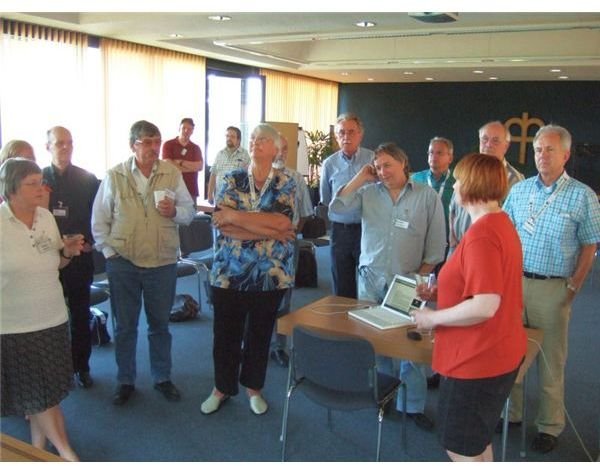Impacts of Aging Workforce to an Organization
Introduction
As baby boomers begin to reach retirement age, employers face the impact of large numbers of workers exiting from the workforce at the same time, leaving gaps in expertise. Recruiting, interviewing and hiring younger employees to maintain legacy systems can be difficult due to lack of knowledgeable candidates and limited training and experience. By retaining skilled workers and offering flexible scheduling and modified benefits packages, employers can avoid these labor shortages by attracting and retaining older workers. Accommodating the needs and requirements of an aging workforce requires coordination and planning.
Recruiting and Hiring Older Workers
Due to a weakened economy, many older workers find their savings and retirement accounts no longer have sufficient funds to maintain their desired lifestyles. Human resource professionals seeking to fill positions with experienced personnel can attract these workers by offering alternatives schedules and additional benefits, such as training in new technology. By customizing work schedules and adapting physically demanding roles for those personnel less capable of hazardous duties, companies provide meaningful employment to older workers. Employers can also use this talent pool to provide training, coaching and mentoring to younger, less experienced workers.
Providing Pension Plans to Meet Need of Older Workers
Human resource professionals dealing with an aging workforce have to comply with the Employee Retirement Income Security Act, Tax Code and Age Discrimination in Employment Act. Structuring arrangements to provide workers with an income once they are no longer actively employed, typically involves setting up retirement plans known as occupational pensions. By deferring compensation, employees defer taxes as well. Additionally, these pensions usually pay benefits to the employee’s survivors and beneficiaries. Increasingly, these plans are set up as defined contribution plans, such as Individual Retirement Accounts or 401(k) plans, in which contributions get paid in fixed amounts by employers and employees. The contribution gets invested in the stock market and the returns or losses are applied to the employee’s account.
Avoiding Age Discrimination
To avoid age discrimination claims during layoffs, human resource professionals need to carefully examine positions being eliminated. Often, the roles with the highest salaries belong to older workers. To prevent this situation, companies need to create an effective succession management plan and workforce planning strategy and implement performance management plans that don’t automatically offer annual increases. By benchmarking against other companies, human resource professionals can provide competitive benefits to company employees.
Conclusion
An aging workforce impacts the human resource profession by requiring customized services to cope with personal situations. These personnel offer extensive experience and wisdom in return. Human resource professionals need to take extra care in developing job descriptions, competencies and pay scales. By setting maximum pay rates for certain positions, employers can be clear that even with experience, certain jobs don’t exceed a given level. Additionally, ensuring that managers get training in evaluating all levels of workers, including very experienced personnel, ensures that performance reviews are conducted fairly. If companies need to lay off personnel, it can be done for reasons other than age, avoiding age discrimination complaints.
Reference and Image Credit
Hedge, Jerry W., Walter C. Borman, and Steven E. Lammlein. The aging workforce: realities, myths, and implications for organizations. Washington, DC: American Psychological Association, 2006.
Image Credit: Wikimedia Commons: Christian Carls
